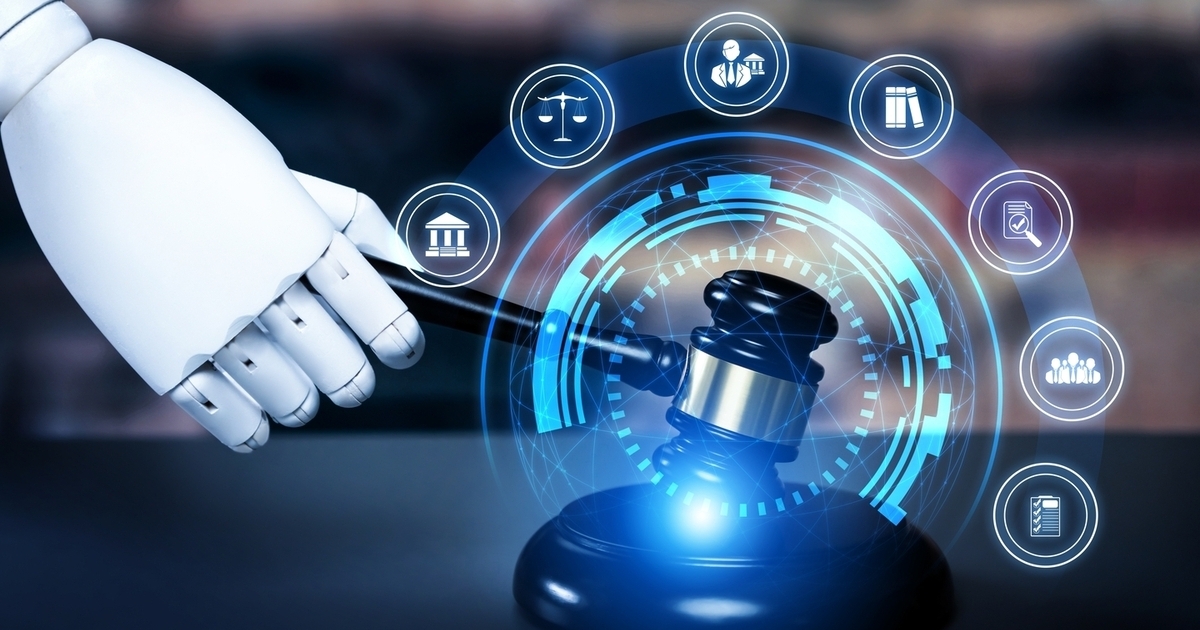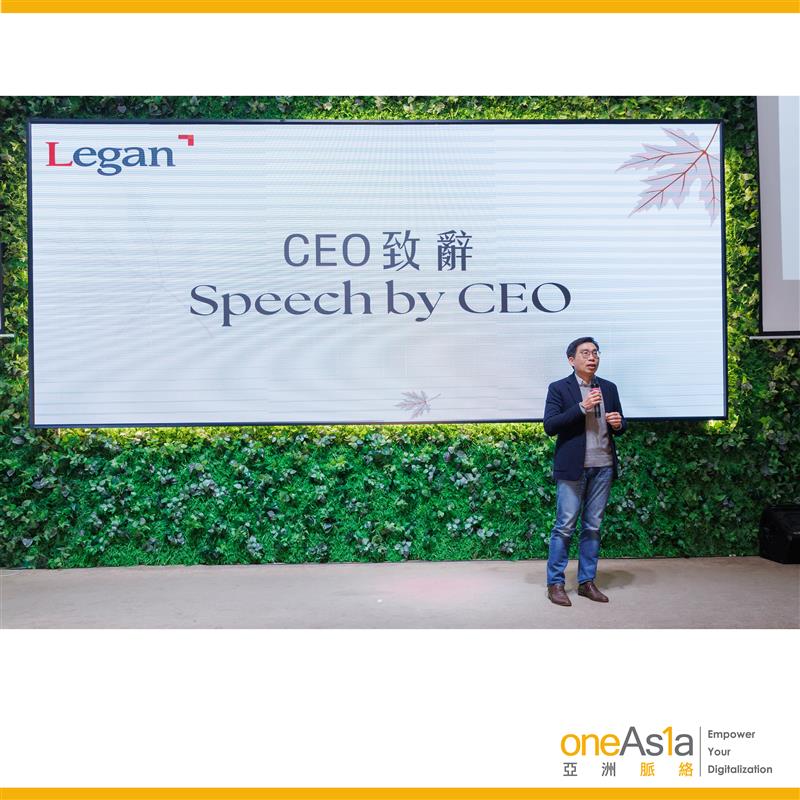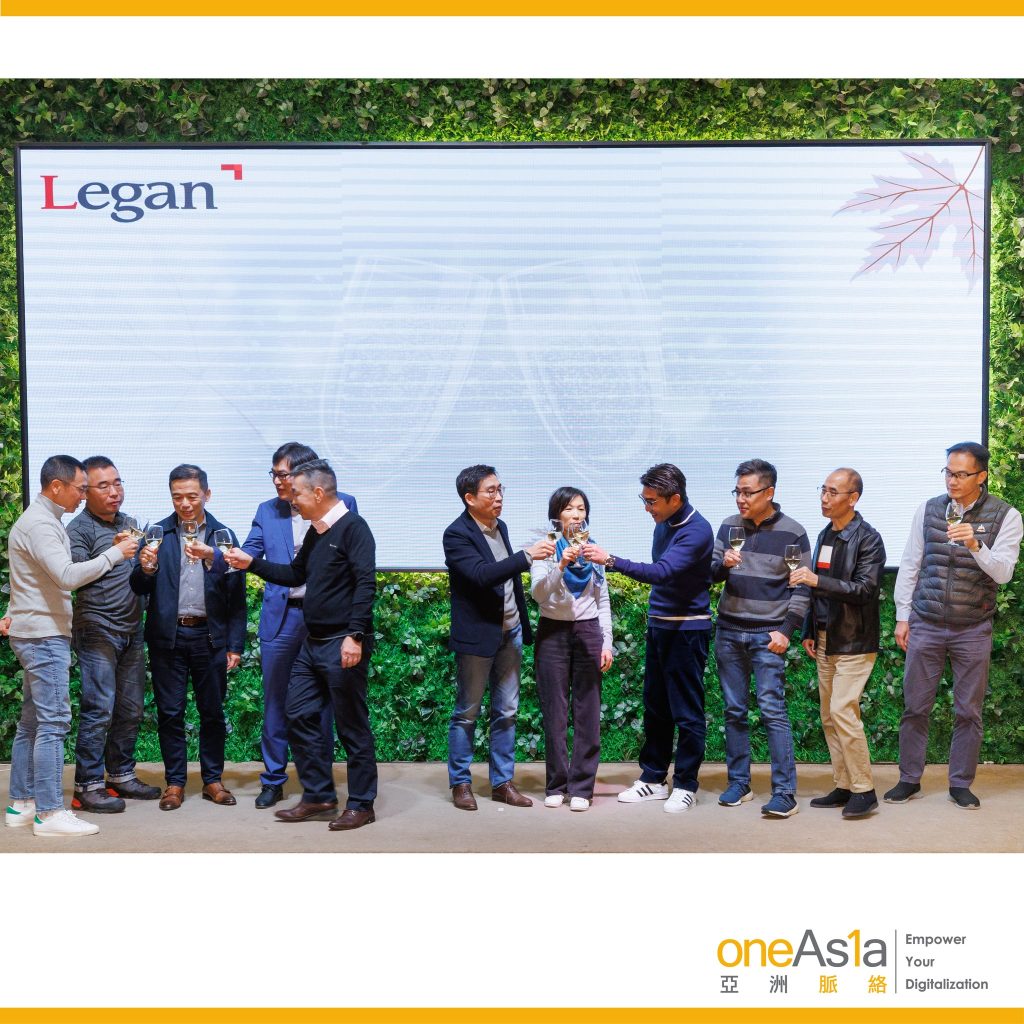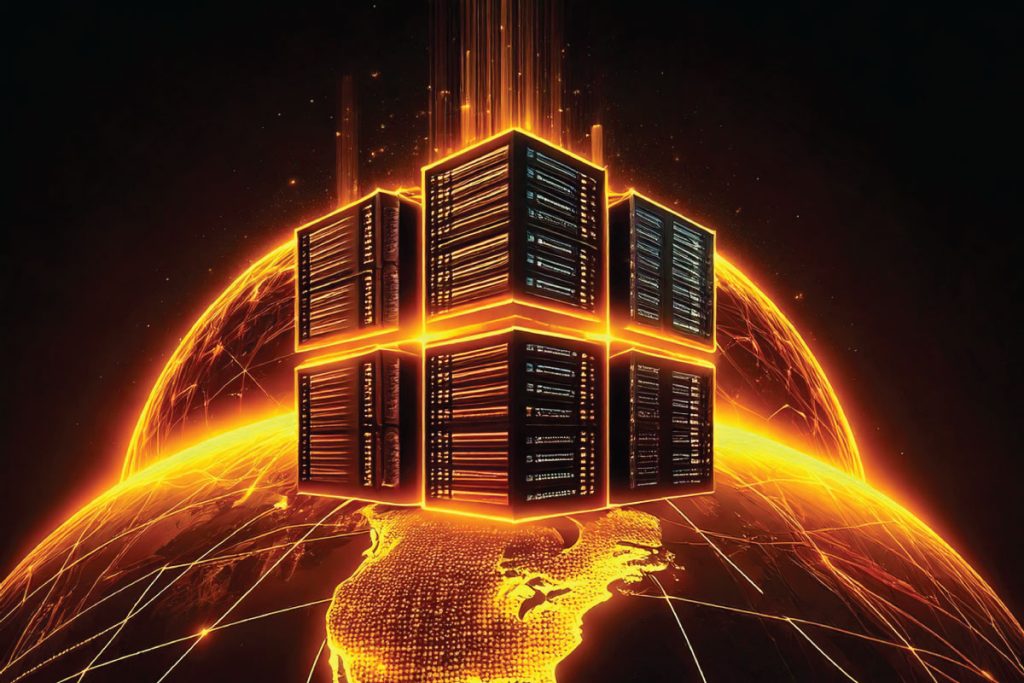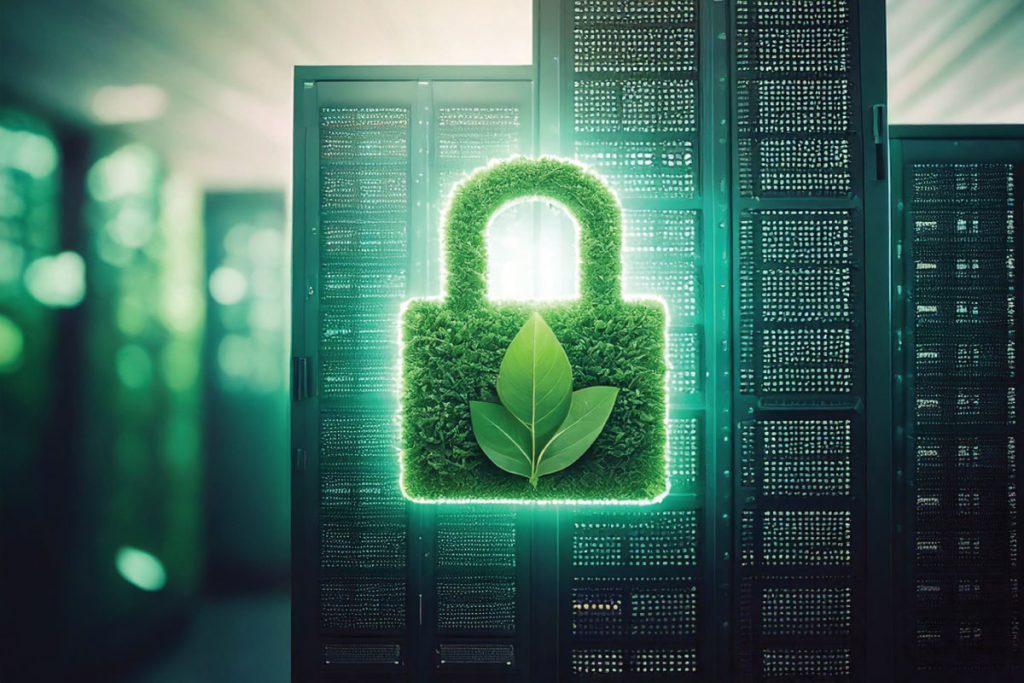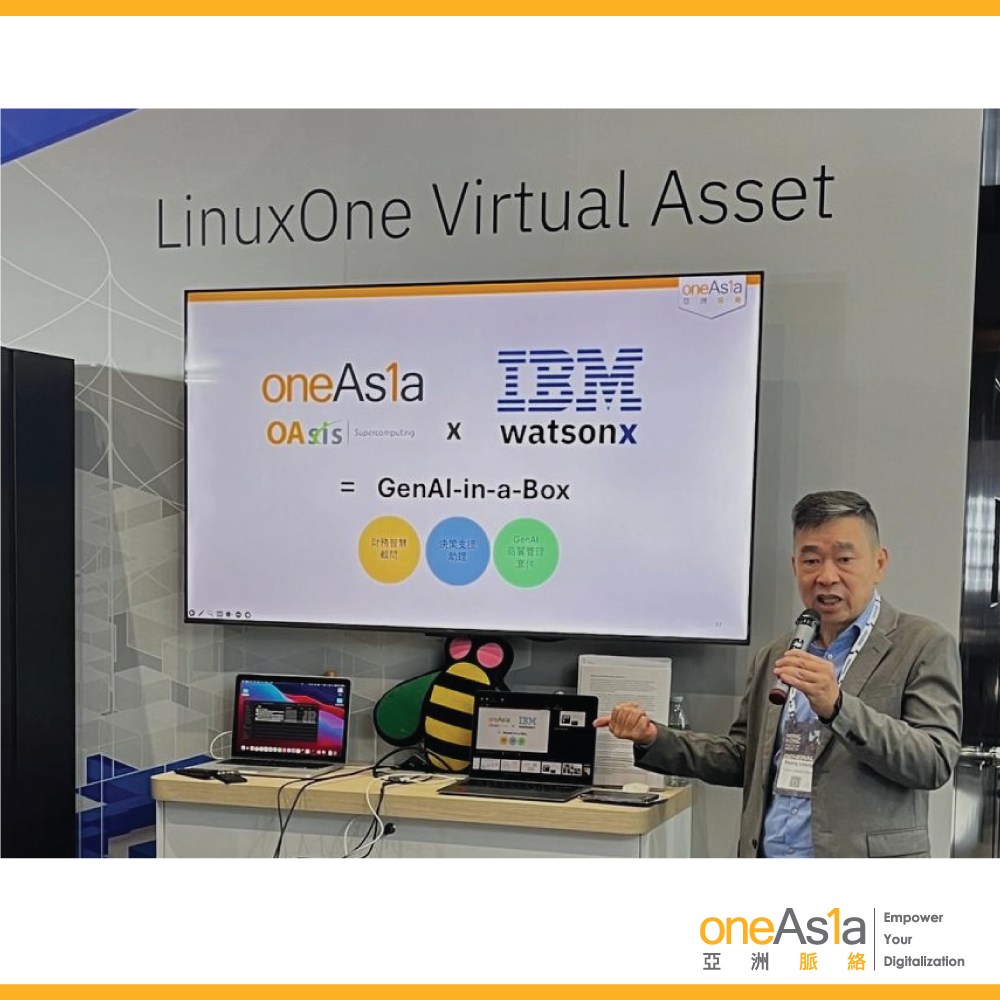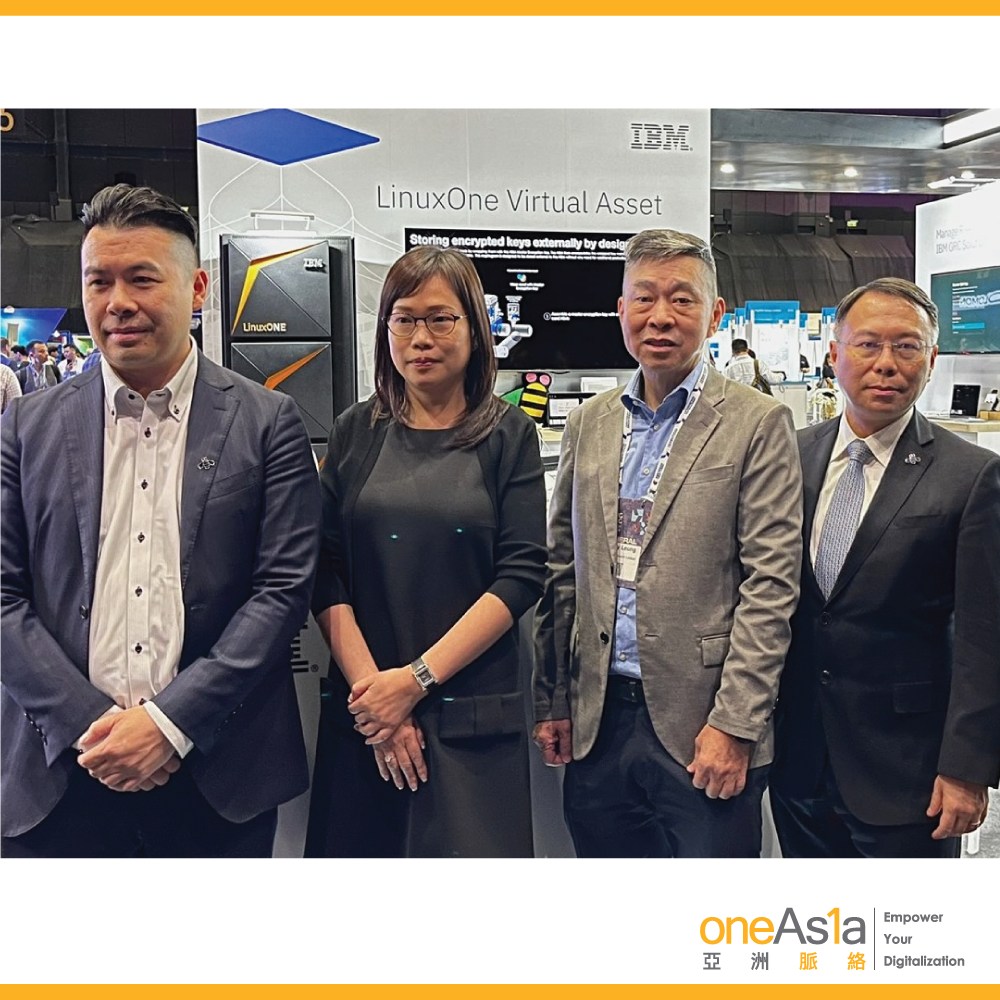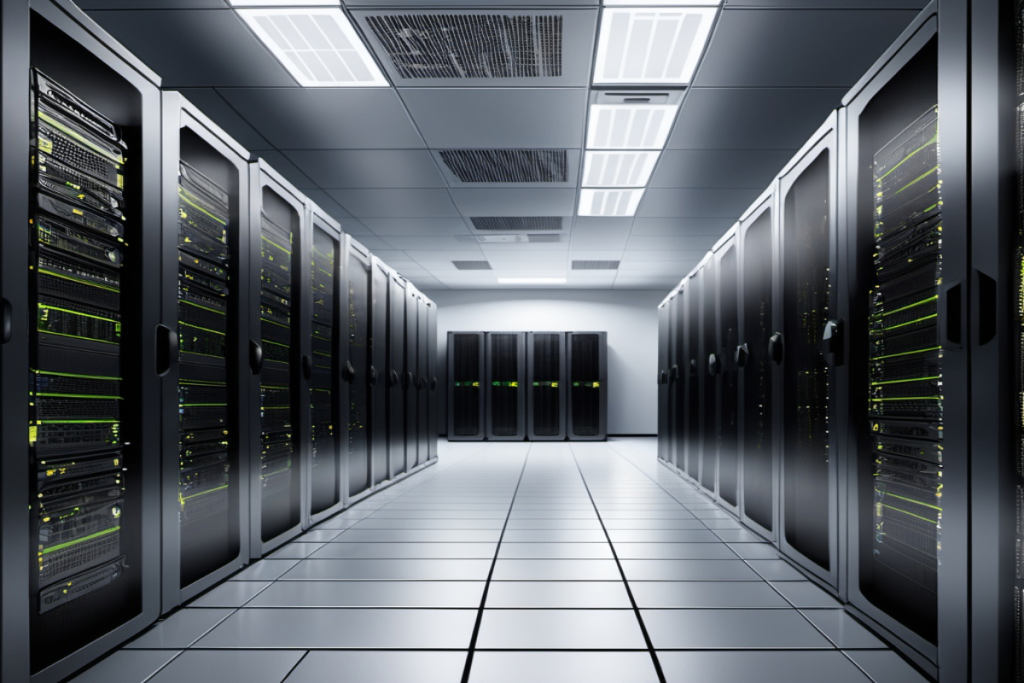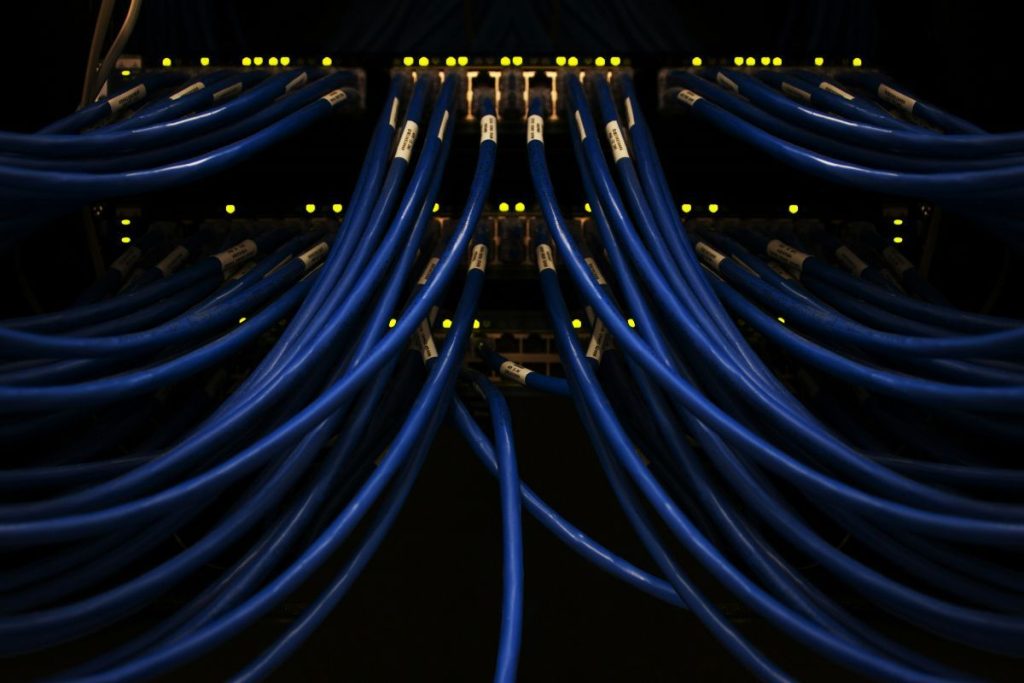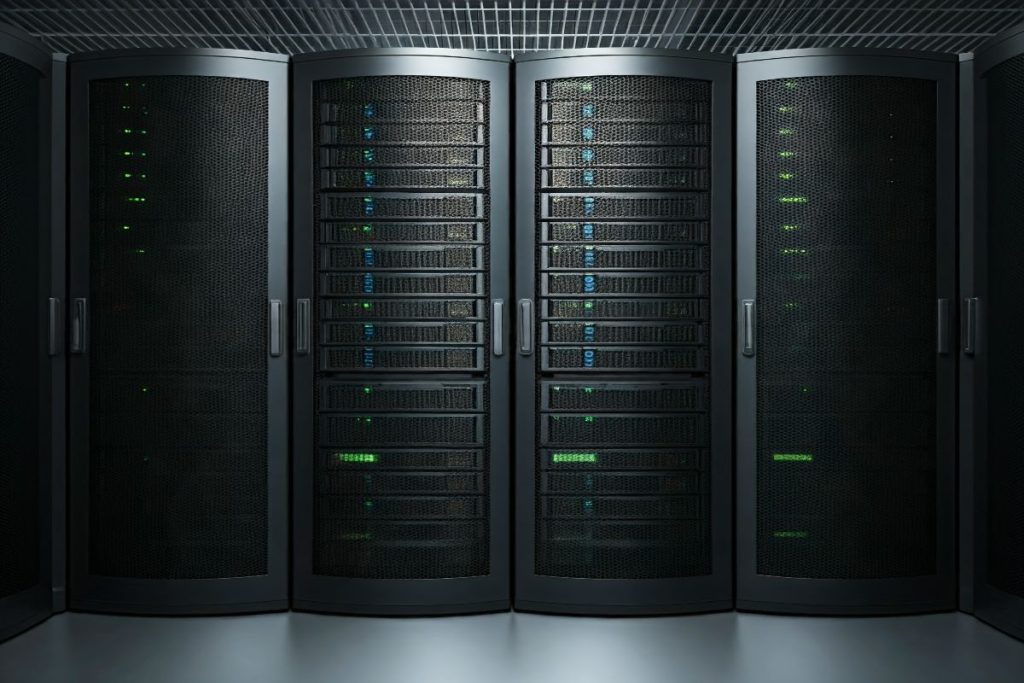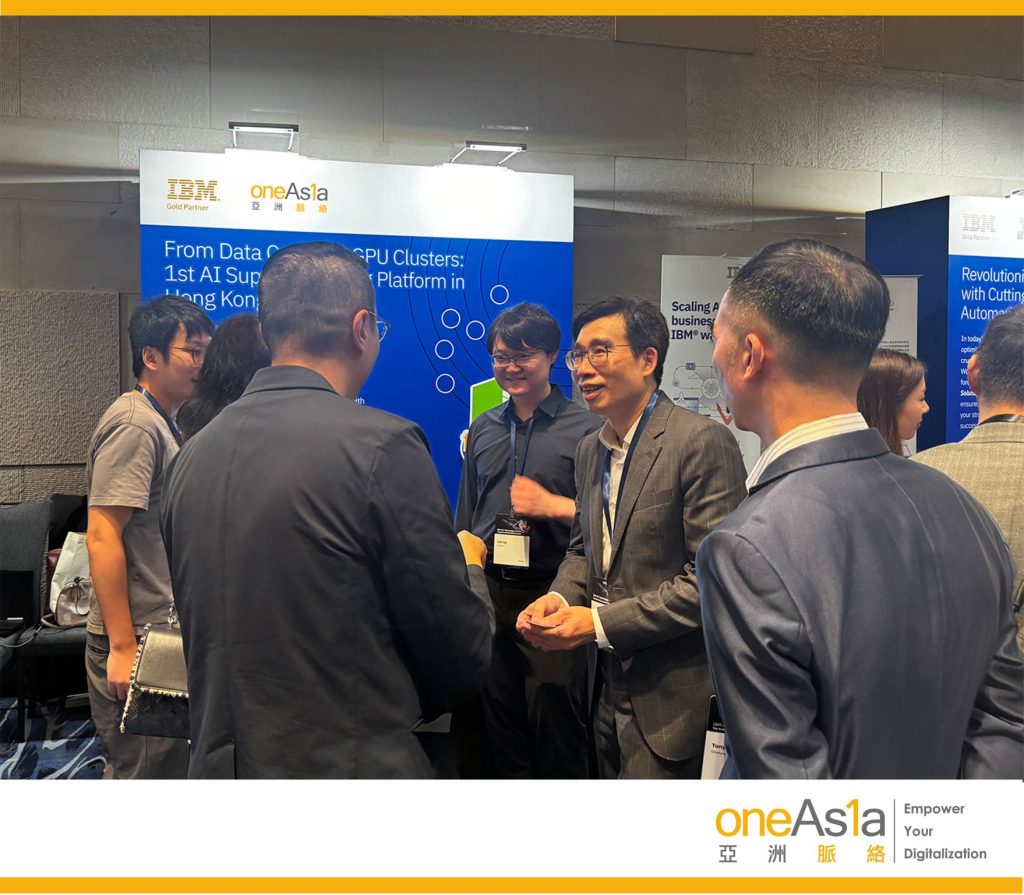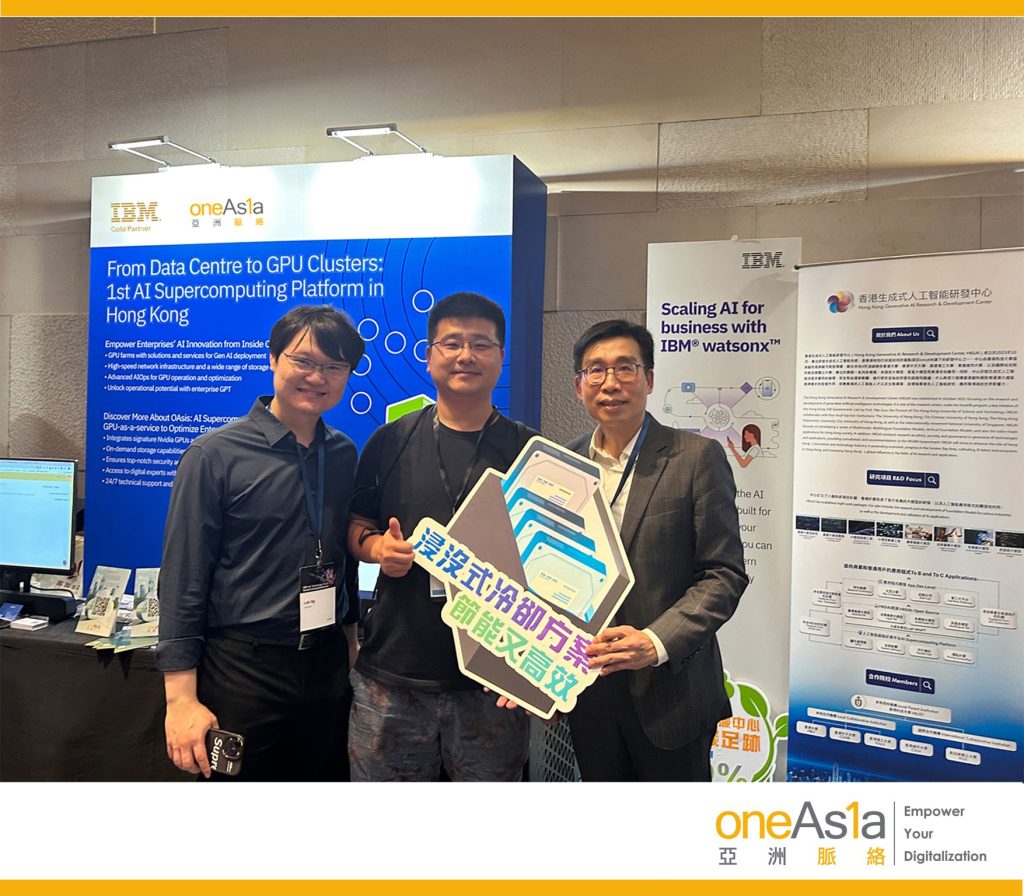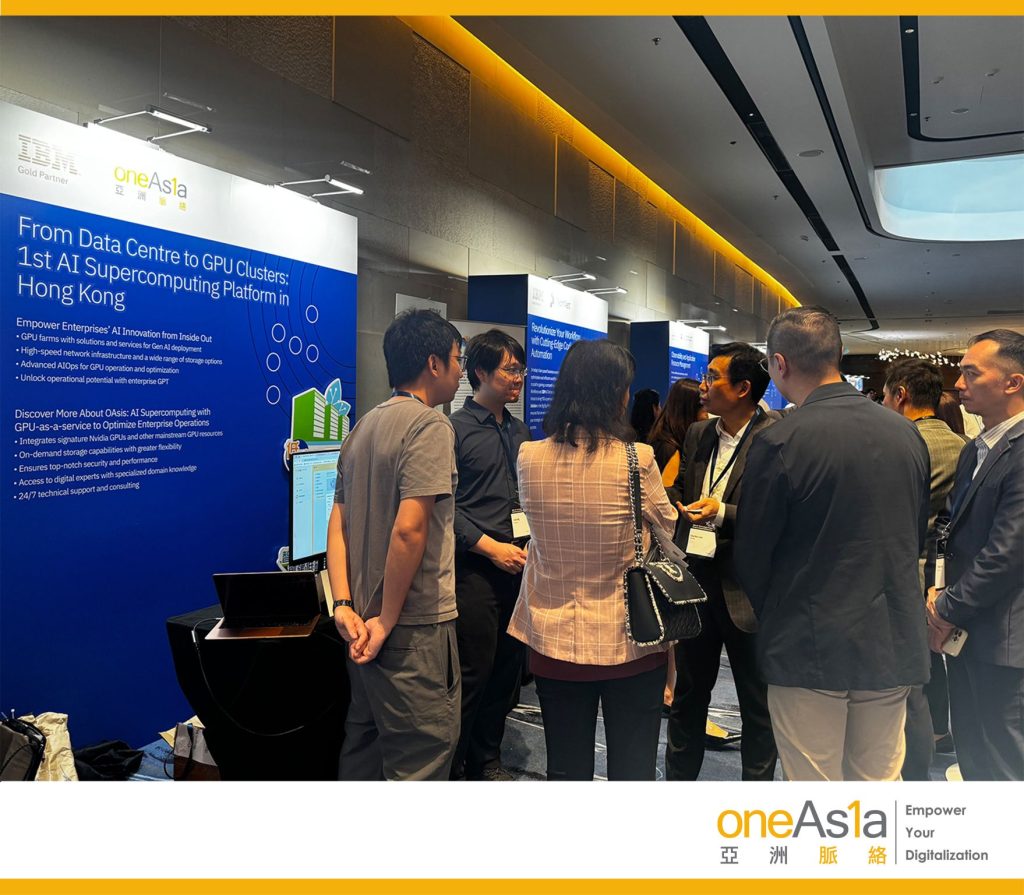OneAsia proudly signed an MoU with Technological and Higher Education Institute of Hong Kong 香港高等教育科技學院 (THEi) to harness cutting-edge AI technologies -LLMs, GPU as a Service, and local dedicated storage – to enhance data sovereignty and privacy.
As part of this collaboration, OneAsia will develop a dedicated AI Agent AskTHEi, a secure, proprietary ChatGPT to ensure THEi’s domain knowledge remains within its own platform. AskTHEi will allow students and teachers to leverage AI tools seamlessly while safeguarding sensitive information. Additionally, OneAsia will provide GPU computing resources to support learning, teaching, and research at THEi.
“We’re honoured to partner with THEi, and sincerely thank Professor Alan Kin-tak Lau , President of THEi, for his trust in our team.” says Mr Charles Lee, Founder and CEO of OneAsia.” Since 2022, we stand out as the first local company to offer GPU services in Hong Kong. And in 2024, we pioneered the region’s largest supercomputing platform while delivering on-site operation service and support. With our hands-on experience and domain knowledge, we are confident in achieving our mission alongside THEi.”
As a leading AI Enabler, we are committed to empowering THEi by building AI Agents in industry vertical scenarios and explore more use cases in this evolving LLM generation and Agentic Era. This partnership will drive synergy in institutional and industry collaborations as well as local talent development.

